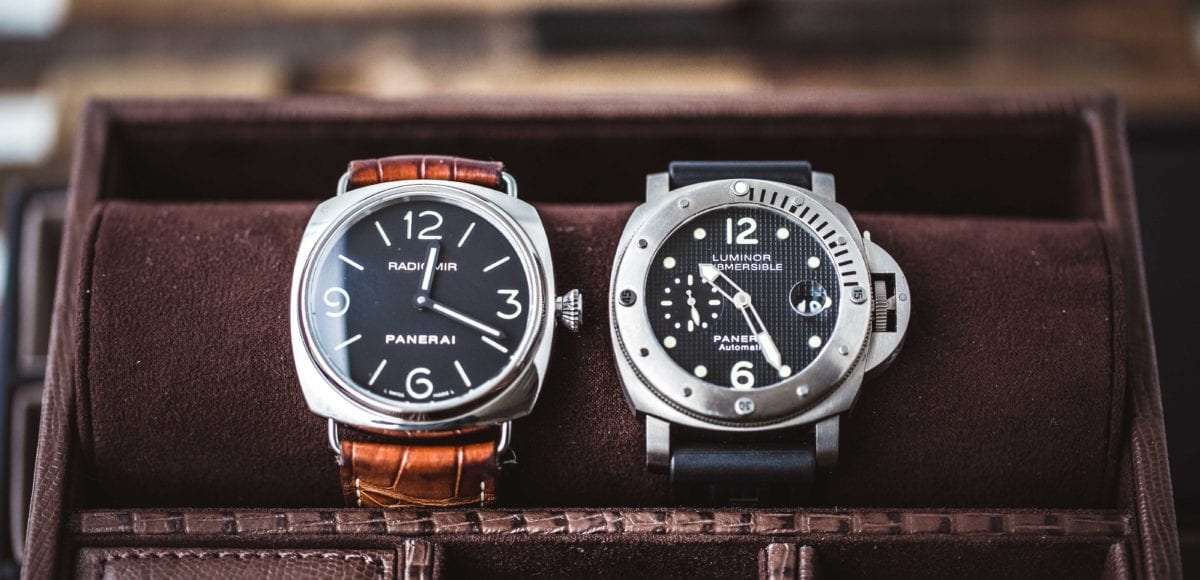Officine Panerai: The Beginning
In 1860 in Florence, Italy a man named Giovanni Panerai would start an innovative watch shop. That shop is now a famous brand with a serious cult following. Unlike many other watch brands more humble beginnings, Officine Panerai began as a sales showroom, a repair shop, and the city’s first watchmaking school. By the beginning of the twentieth century, the shop had moved from its original location to the Palazzo Arcivescovile in Piazza San Giovanni and operating under the name “Orologeria Svizzera.” During this time, they were a powerful seller of Swiss watches.
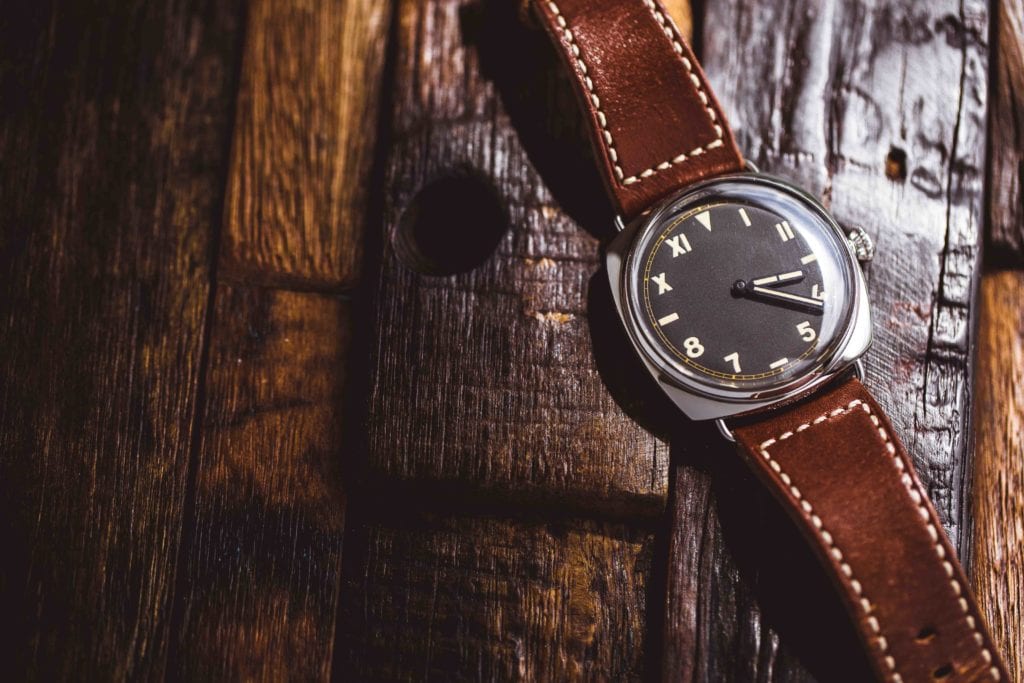
In 1864, Giovanni’s grandson Guido started Guido Panerai & Figlio as a mechanical engineering firm that specialized in equipment creation for the Royal Italian Navy. For years they supplied the Navy with high precision time-keeping instruments including compasses, depth gauges, and flashlights and were also partners in innovation.
The Early 1900’s and the Radiomir
On March 23, 1916 Panerai filed a patent for Radiomir, a radium-based powder. This powder gives the dials of sighting instruments and devices luminosity. Essentially, they have high visibility in the dark. This radium powder also had exceptional adhesion underwater, making it perfect for the Navy.
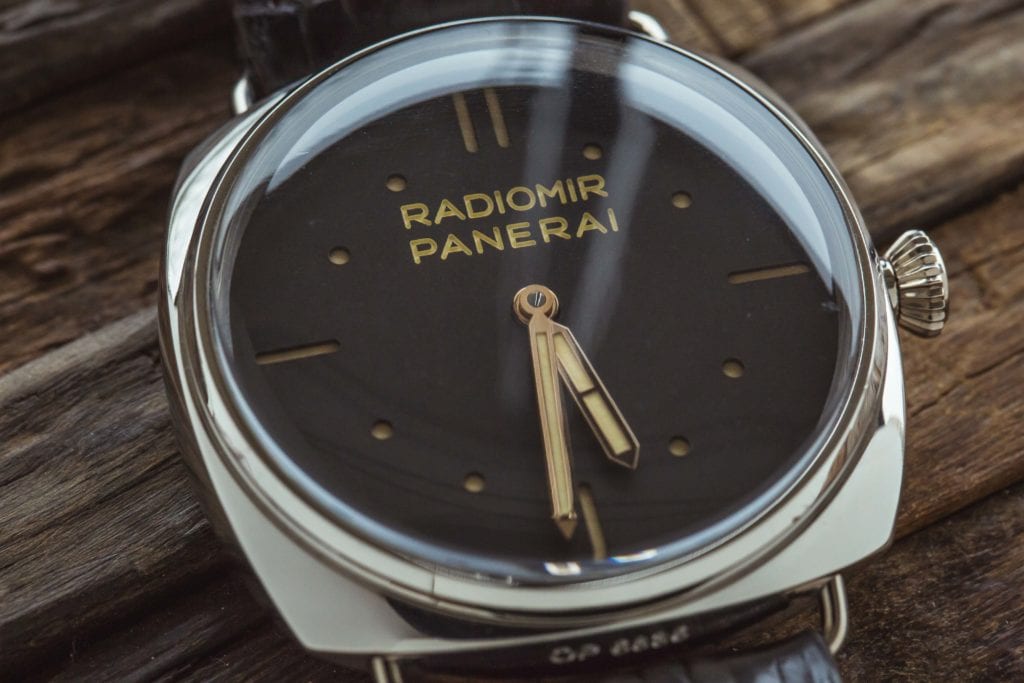
By WWII, using the Radiomir paste, Panerai creates the first prototype of the model now known as the “Radiomir” for the commandos of the First Submarine Group Command. These commandos, referred to as “frogmen” wore their watches in the darkest of conditions, so luminosity was key. Interestingly, Panerai designed and executed the Radiomir, but the inside mechanism was a Rolex movement. Historical Naval records indicate that Panerai produced only ten of these prototypes.
The modern-day Radiomir doesn’t use radium anymore. At the time, the hazards of radium were unknown, but eventually the radioactive effects were apparent. Exposure was linked to cancer, and the material’s use was discontinued. However, the modern-day model preserves many of the watch’s original features. It has a large cushion-shaped case with welded lugs. The dial has luminescent numerals and markers and the watch is powered with a hand-wound mechanical movement. It also has a strap long enough to wear over a diving suit.
The Introduction of the Luminor
The Radiomir began to evolve from its first inception to meet the needs of the Royal Navy, but by 1949, Panerai would have a new method to achieve luminosity. Luminor was a new, self-luminous paste that used a hydrogen isotope called Tritium to achieve its affect. After filing the patent on January 11, 1949, Panerai used the substances name to derive the name of their next model, the Luminor.
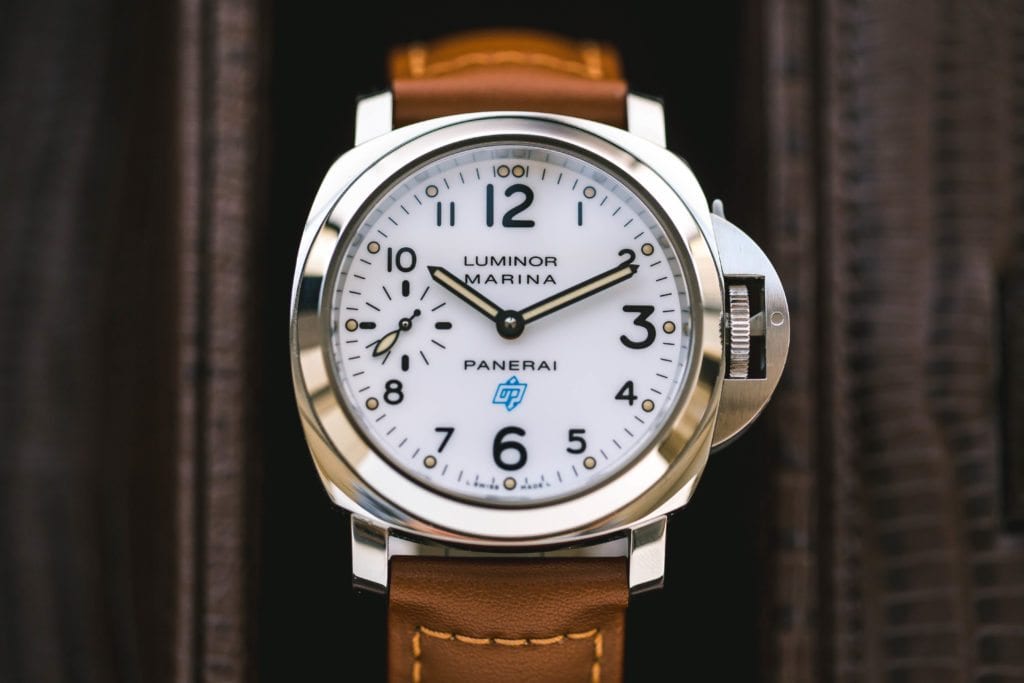
The original Luminor features a case with reinforced wire lugs that are created from the same block of steel as the rest of the case. It also has a bridge to protect the crown and a wider, flatter bezel than the Radiomir. These original-style Luminor models are now the Luminor 1950.
In 1956, Panerai began working with the Egyptian Navy. They created a Radiomir-styled watch called the Egiziano. It features a huge case at 60mm and heightened water-resistance. It also had bezel markings to calculate immersion time. The crown-protecting bridge featured on the Luminor also makes an appearance on the Egiziano and becomes one of Panerai’s distinguishing features.
Panerai in Transition
In 1972, Panerai saw a big transition. Their leader, Giuseppe Panerai died, and the management of the company and Naval contracts passed to Dino Zei, a Panerai engineer. He changed the company name back to Officine Paneral S.r.L, the name that appeared on the very first models. They continued to supply instruments including wrist depth gauges and compasses.
Throughout their history Officine Panerai wasn’t available to the public. In 1993 the company launched three models into the public marketplace. They were the Luminor, Luminor Marina, and the Mare Nostrum. The Luminor had no complications while the Luminor Marina features a second, small subdial. The Mare Nostrum took inspiration from the historic models created for World War II Commandos.
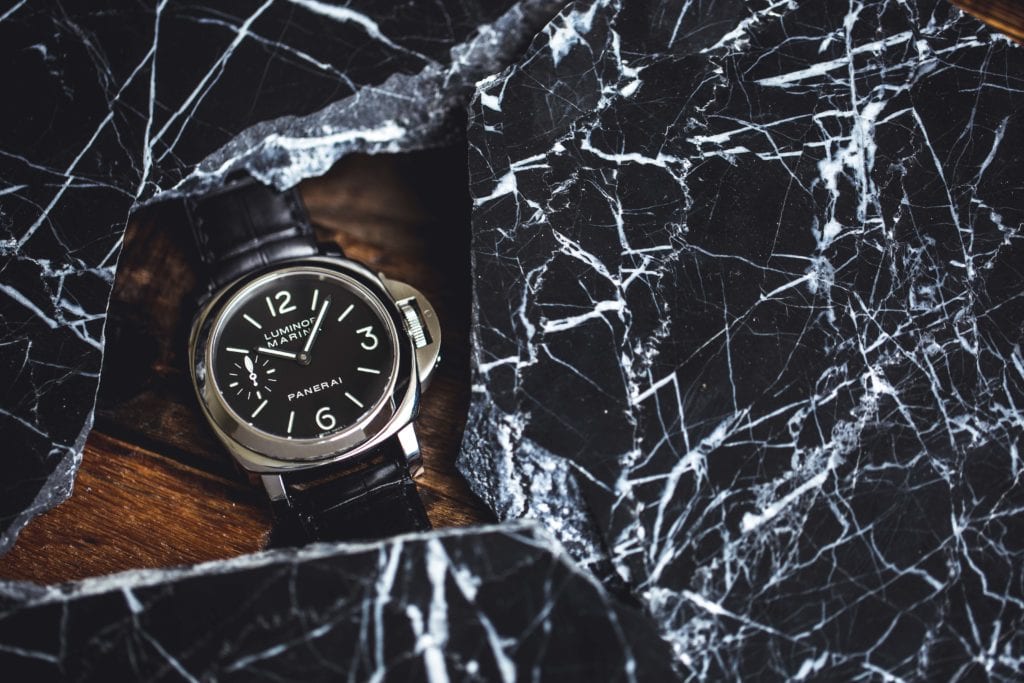
Panerai’s Public Debut
By 1997, the brand is acquired by the Richemont group and in 1998 it makes its international debut on the luxury watchmaking market. The initial collection features the Luminor and Luminor Marina. The Mare Nostrum also sees a re-release with a few updates including a narrower bezel and screw-down case back.
The 2000s saw Officine Panerai come full circle as their historic boutique underwent restoration in Piazza San Giovanni and opened its doors. They opened a manufacturing facility in Switzerland, and most notably, they launched their first in-house movement.
With such a storied history, it is no surprise that Panerai is a favorite among collectors. They look great on a variety of wrists, and their clean, streamlined designs have a modern look and nostalgic feel.
Get More Articles Like This in Your Inbox
We're constantly creating great content like this. So, why not get it delivered directly to your inbox? By subscribing you agree to our Privacy Policy but you can unsubscribe at any time.





